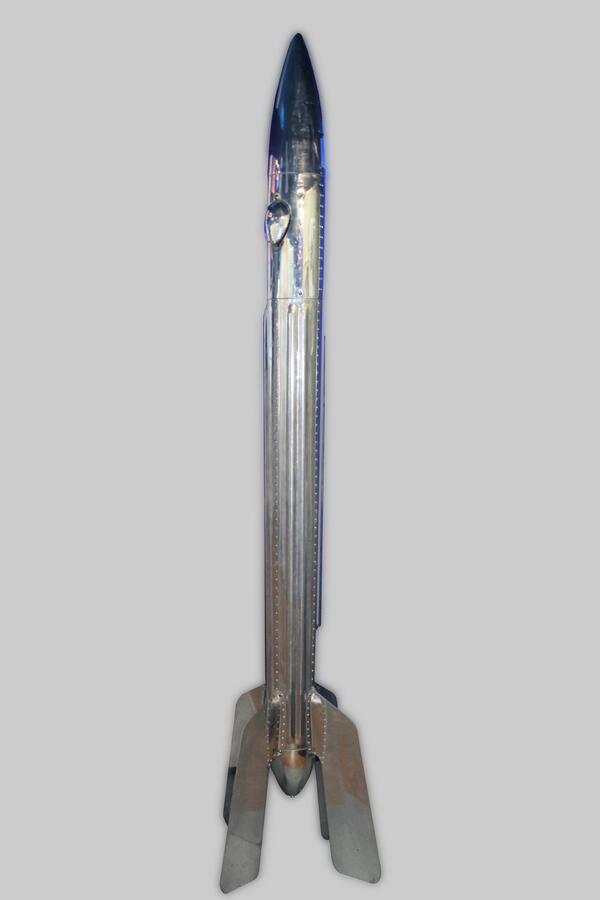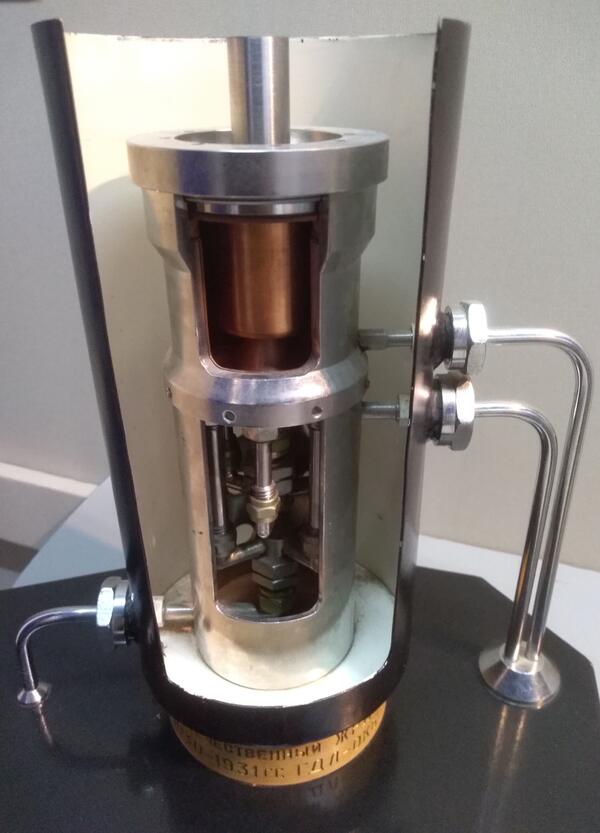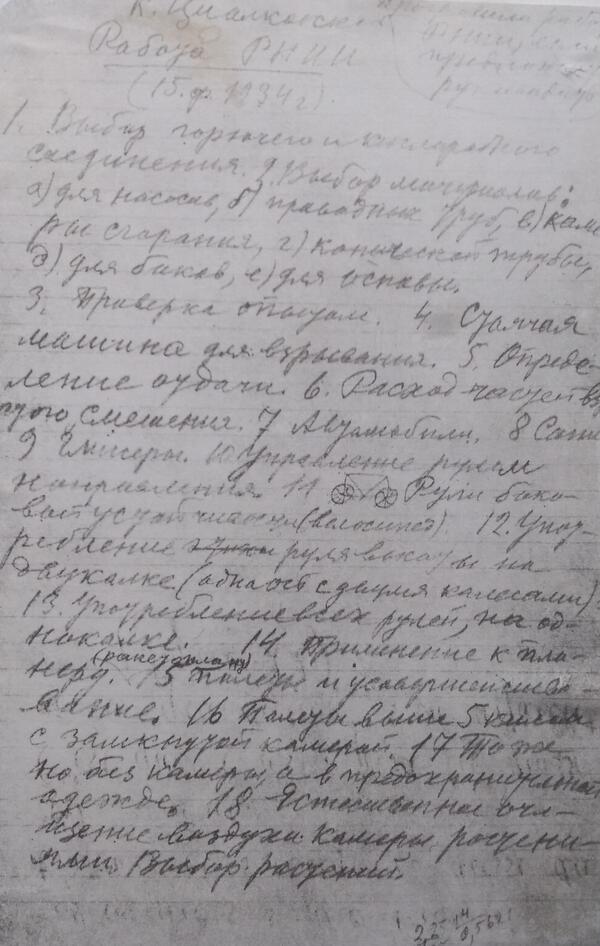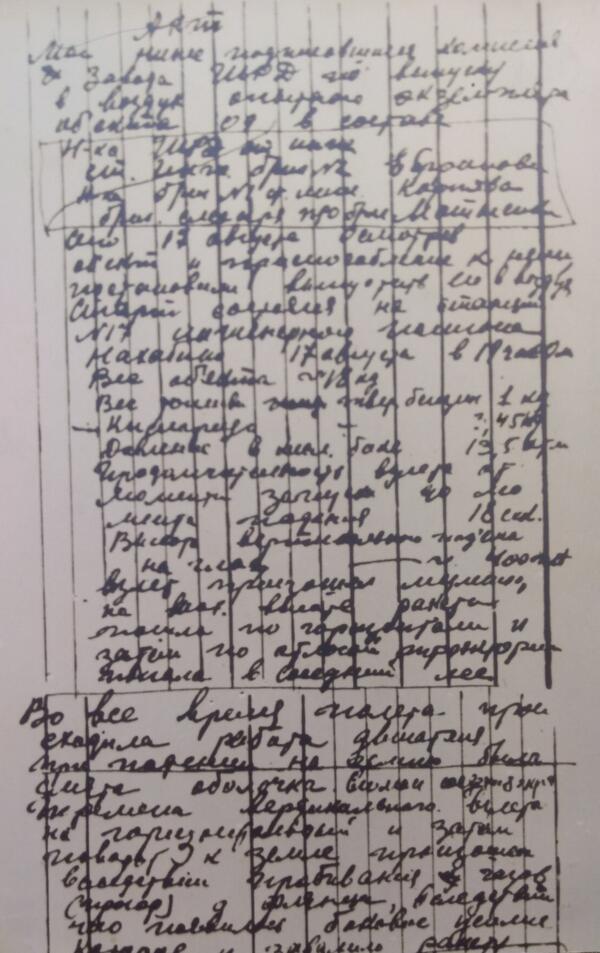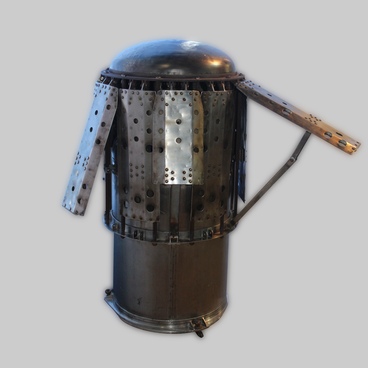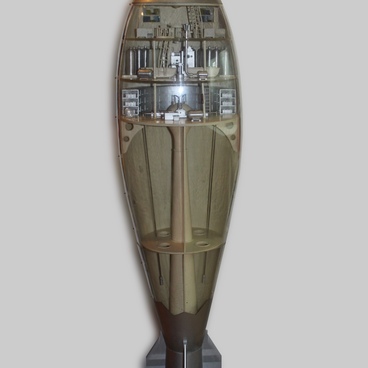The first to propose a scientific theory of space flight was Konstantin Tsiolkovsky, who at the beginning of the century for the first time theoretically justified the possibility of space exploration with missiles. He established the laws of motion of the rocket, investigated the impact of the drag force on its movement, highlighted the advantage of rocket engines at high speeds, developed a blueprint for an interplanetary rocket, argued the use of liquid fuel and developed the idea of a multi-stage rocket. The scientist wrote: ‘I will be glad if my work will encourage others to do further work’.
In 1921, Gas Dynamics Laboratory (GDL) was established in Leningrad, where scientists worked on the development of jet engines. In 1931-1932, the first liquid fuel rocket engine was constructed in GDL.
In 1921, Gas Dynamics Laboratory (GDL) was established in Leningrad, where scientists worked on the development of jet engines. In 1931-1932, the first liquid fuel rocket engine was constructed in GDL.

